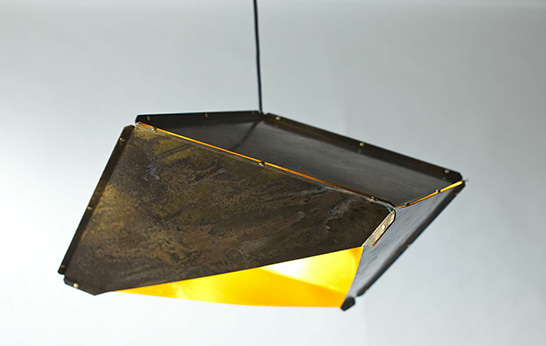
Standard Socket Debuts First collection at Wanted Design 2013
New Seattle-based lighting brand Standard Socket debuted its first collection at Wanted Design last week.
Standard Socket’s new lighting collection includes includes pendants, chandeliers, sconces, and floor lamps by designers from all around the world.
The debut collection includes works from Jamie Mclellan (Auckland, NZ), urbancase, Grain, Fruitsuper, Ladies & Gentlemen, Trey Jones Studio, Spry Design-Workshop (Seattle, WA), Cathrine Baekken (Bergen, Norway), and Moorhead and Moorhead, (New York, NY).
Booi (shown above) by Norwegian designer Cathrine Bækken draws inspiration from mooring buoys found along the coast. The handle allows you to easily carry the lamp around.
The Chipboard light from Moorhead and Moorhead is a pendant fixture made using a simple chipboard shade that slips over a handmade pine cone.
Spry Design-Workshop designed Finn, a light built of dark walnut, white aluminum, and glass. Finn is named after one of the studio’s favorite designers, Finn Juhl.
Stokk from urbancase refers to the shadows cast by a window frame. Adjustable shades direct lighting accents and flexible mounting possibilities allow Stokk to be installed in either a suggested or user designed configuration.
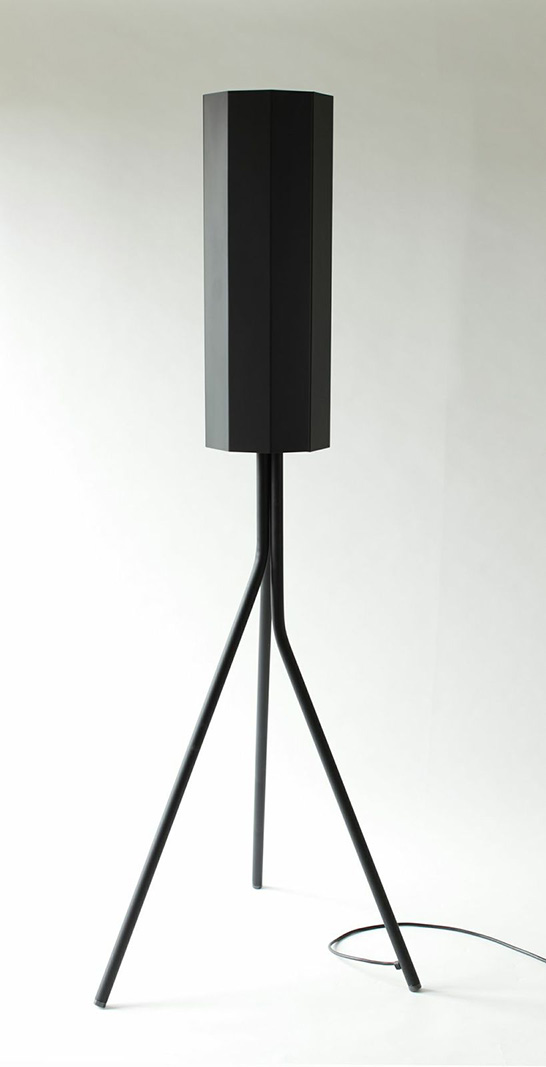
Tri.Flor by Fruitsuper Design is a floor lamp with a large room presence and a small shipping footprint.
Dia by Trey Jones Studio was inspired by the skewed shadows cast by light coming through a window. The polished brass interior gives off a sunny glow while the patina on the exterior is warm and textural.
Strung by Grain of Bainbridge Island, WA takes inspiration from paper pendants and cafe lighting but plays with the contrast between interior and exterior environments.
For more information contact info@standardsocket.com or visit standardsocket.com
About the manufacturer: Founded in 2012 by the owners of Seattle-based Eastbay Sculpture and Lighting Dawna Holloway and Brian Beck, along with designers Darin Montgomery and Hillary Rielly, Standard Socket aims to take the difficulty of navigating electrical codes and certification hurdles out of the designer’s hands and therefore letting them focus on designing.
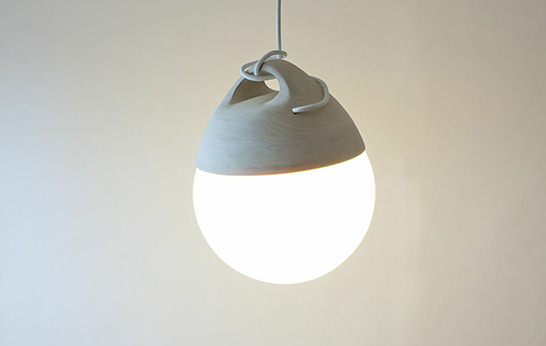
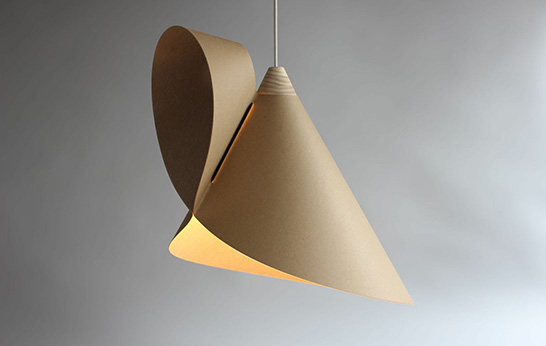
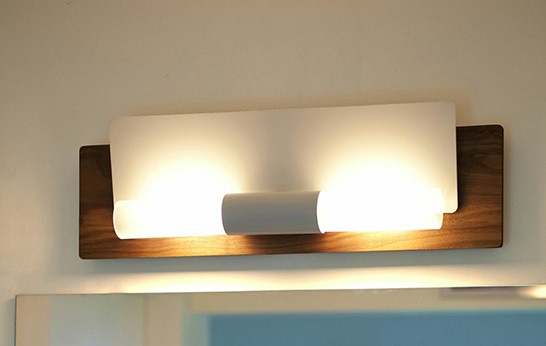
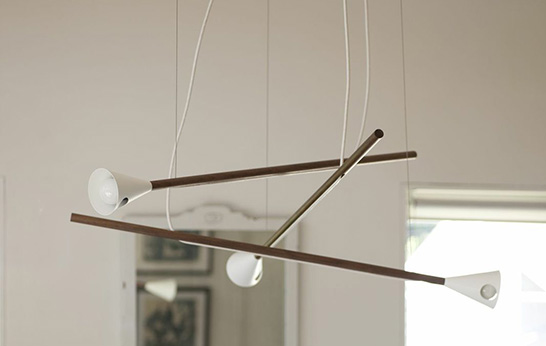
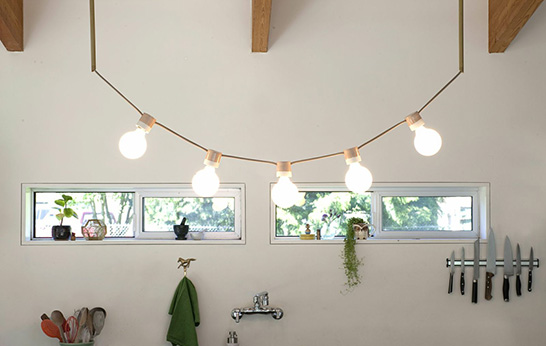
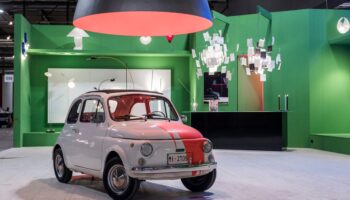



Leave a Reply